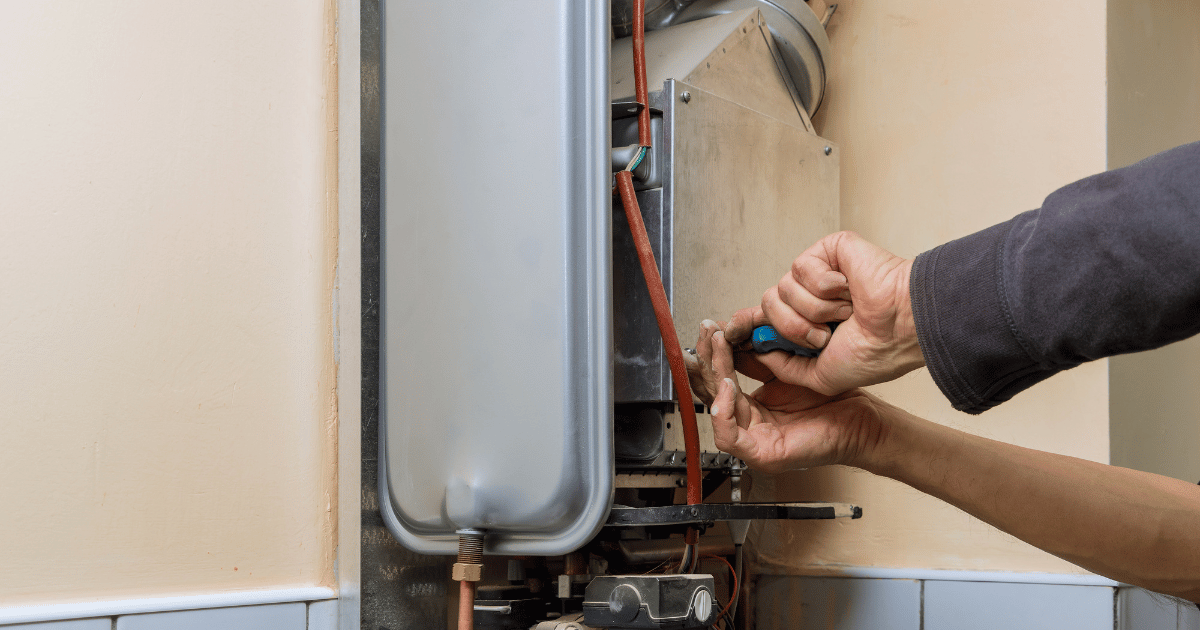Key Care Techniques for Your Home's Hot Water SystemProfessional Advice on Caring for Your Home's Hot Water SystemHow to Keep Your Home's Hot Water System Functioning Well
This SiteWhat are your beliefs about Tips on Maintaining a Water Heater?

Hot water is essential for day-to-day comfort, whether it's for a revitalizing shower or cleaning dishes. To guarantee your hot water system runs effectively and lasts longer, routine upkeep is essential. This short article gives useful pointers and insights on exactly how to maintain your home's hot water system to avoid interruptions and pricey repair work.
Intro
Maintaining your home's warm water system could seem daunting, however with a couple of simple actions, you can guarantee it operates smoothly for several years to find. This overview covers every little thing from understanding your warm water system to do it yourself maintenance ideas and recognizing when to hire expert aid.
Importance of Maintaining Your Hot Water System
Routine upkeep not just expands the lifespan of your hot water system however additionally ensures it runs efficiently. Overlooking maintenance can cause lowered performance, greater power bills, and even premature failure of the system.
Indications Your Warm Water System Demands Upkeep
Recognizing when your hot water system needs attention can prevent significant problems. Watch out for indications such as inconsistent water temperature, strange sounds from the heating unit, or rusty water.
Recognizing Your Warm Water System
Prior to diving into maintenance jobs, it's helpful to understand the basic parts of your warm water system. Commonly, this consists of the water heater itself, pipes, anode rods, and temperature controls.
Month-to-month Upkeep Tasks
Normal regular monthly checks can assist catch minor problems before they intensify.
Flushing the Water Heater
Purging your hot water heater eliminates debris buildup, boosting performance and lengthening its life.
Checking and Replacing Anode Rods
Anode poles protect against corrosion inside the tank. Checking and changing them when worn out is vital.
Checking and Changing Temperature Setups
Readjusting the temperature settings ensures optimal efficiency and safety and security.
DIY Tips for Maintenance
You can perform numerous maintenance tasks yourself to maintain your hot water system in top problem.
Looking for Leaks
Routinely examine pipelines and links for leaks, as these can bring about water damages and higher costs.
Evaluating Pressure Alleviation Valves
Checking the pressure safety valve ensures it functions appropriately and avoids extreme stress accumulation.
Insulating Pipelines
Protecting hot water pipelines lowers warm loss and can conserve energy.
When to Call a Specialist
While DIY upkeep is helpful, some issues require specialist knowledge.
Facility Problems Calling For Professional Aid
Examples consist of major leakages, electrical issues, or if your hot water heater is regularly underperforming.
Regular Professional Upkeep Advantages
Expert upkeep can include complete inspections, tune-ups, and making sure conformity with security criteria.
Conclusion
Routine upkeep of your home's hot water system is vital for performance, longevity, and expense financial savings. By following these ideas and recognizing when to seek professional assistance, you can make certain a dependable supply of warm water without unexpected disruptions.
How to Maintain an Instant Hot Water Heater
Before tinkering with your hot water heater, make sure that it’s not powered on. You also have to turn off the main circuit breaker and shut off the main gas line to prevent accidents. Also turn off the water valves connected to your unit to prevent water from flowing into and out of the appliance. 2. When you’re done, you have to detach the purge valves’ caps. These look like the letter “T” and are situated on either side of the water valves. Doing so will release any pressure that has accumulated inside the valves while at the same time avoid hot water from shooting out and burning your skin. 3. When the purge valves’ caps are removed, you have to connect your hosing lines to the valves. Your unit should have come with three hoses but if it didn’t, you can purchase these things from any hardware or home repair shops. You can also get them from retail stores that sell water heating systems. Read the user’s manual and follow it to complete this task properly. When the hosing lines are connected, open the purge port’s valves. 4. You should never use harsh chemical cleaners or solutions when cleaning your unit. Make use of white vinegar instead. It should be undiluted and you’ll probably use about 2 gallons. 5. Now flush your water heater. This task should probably take about 40 minutes. We can’t give you specific directions for this because the procedure is carried out depending on the type, model and brand of your heater. With that being said, refer to the user’s manual. 6. When you’re done draining the unit, you have to turn off the purge port valves again. Remove the hosing lines that you earlier installed on each of the water valves. Put the valve caps (purge port) back in their respective places and be very careful so as not to damage the rubber discs that are found inside these caps. 7. Now that everything’s back in place, check your user’s manual again to find out how to reactivate your water heating system. 8. Once it is working, turn one of your hot water faucets on just to let air pass through the heater’s water supply pipes. Leave the tap on until water flows smoothly out of it. https://www.orrplumbing.com/blog/2014/september/how-to-maintain-an-instant-hot-water-heater/

I discovered that entry on Tips on Maintaining a Water Heater when browsing the web. Remember to take a moment to distribute this blog post if you liked it. Thanks a lot for taking the time to read it.
Get Your Estimate Now